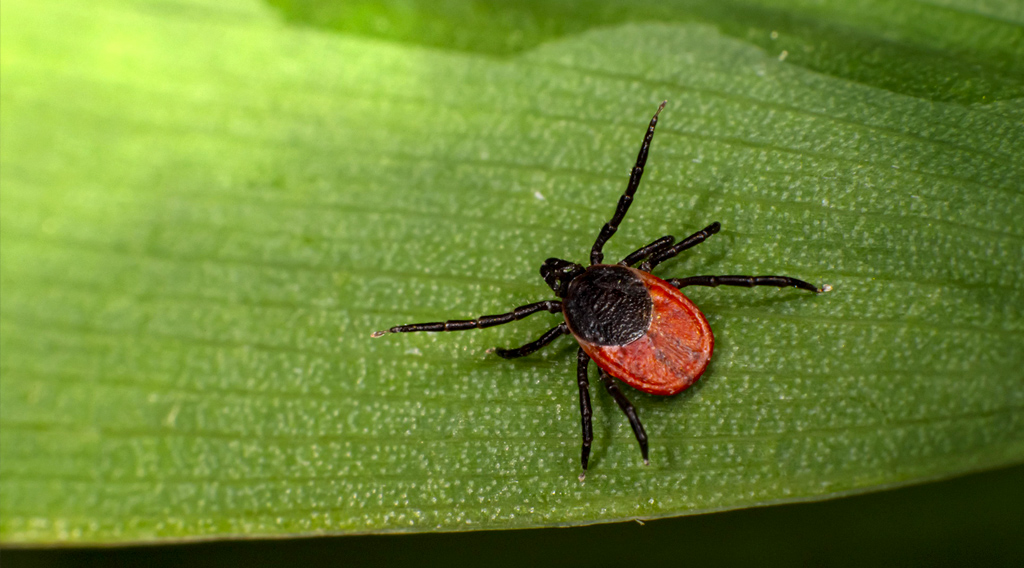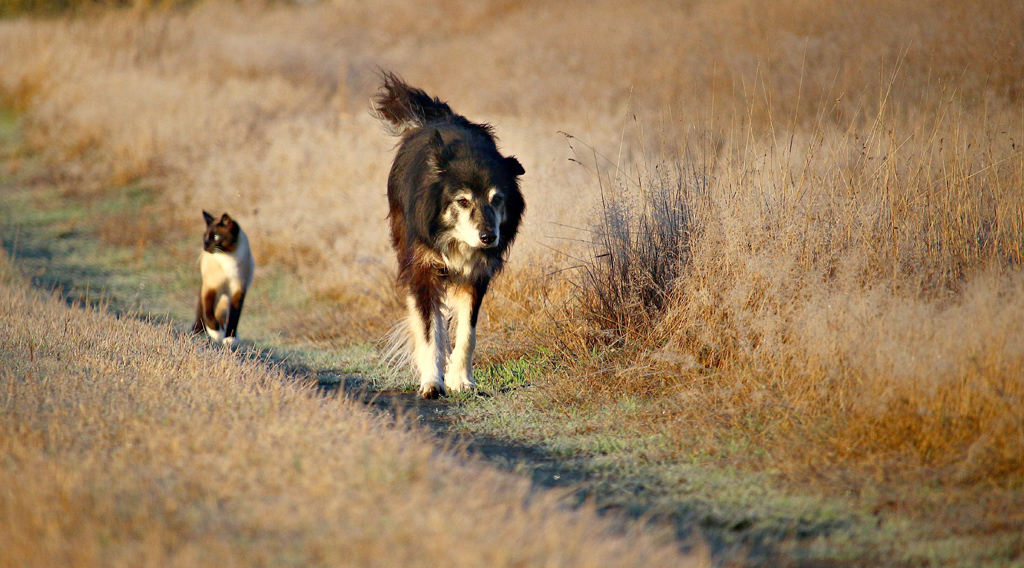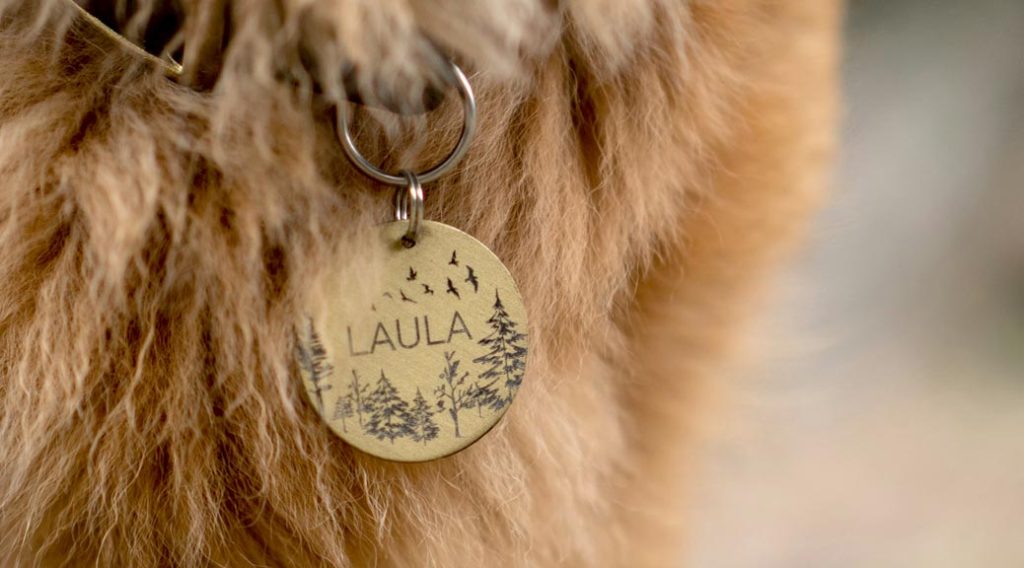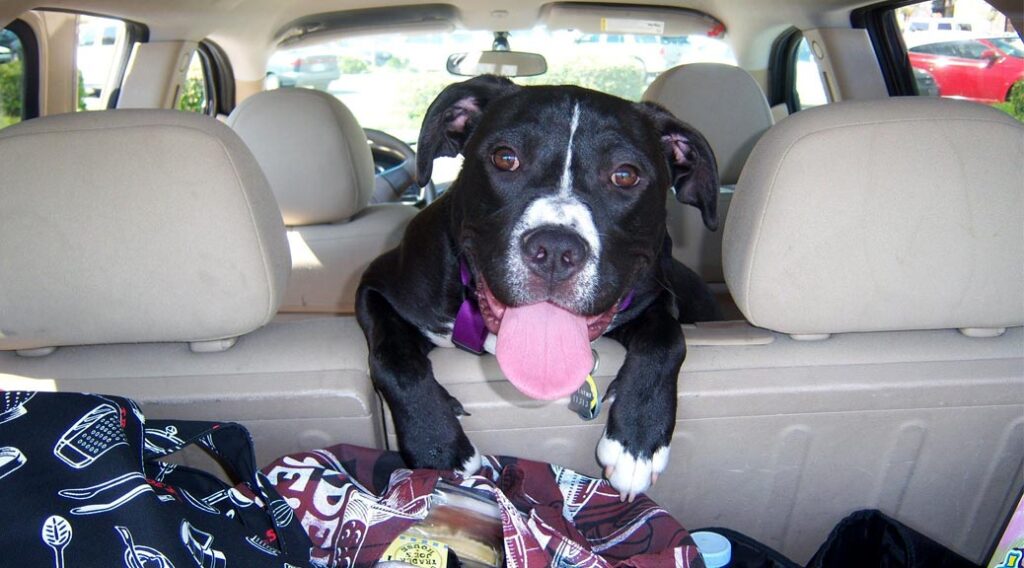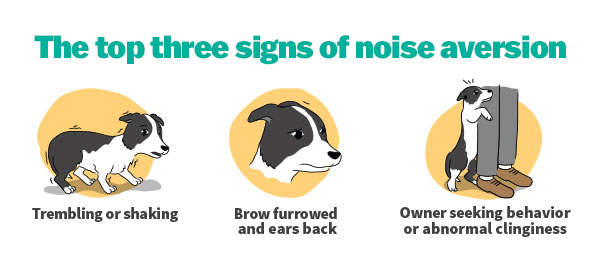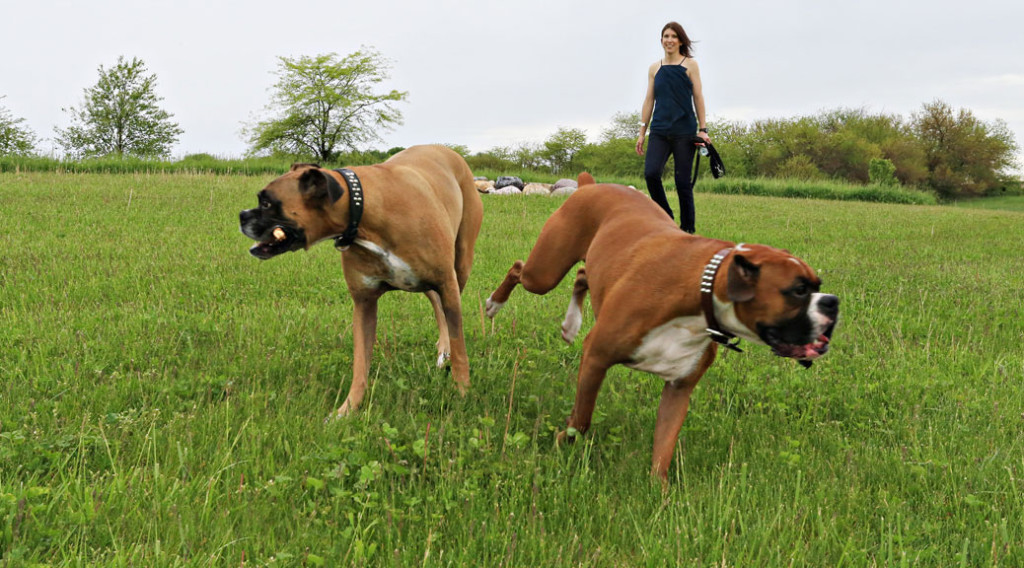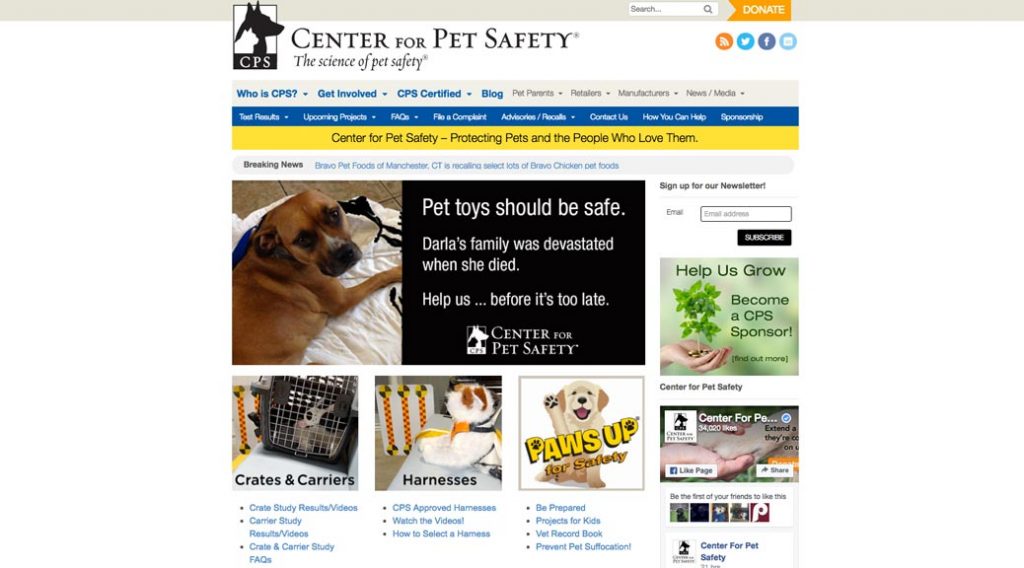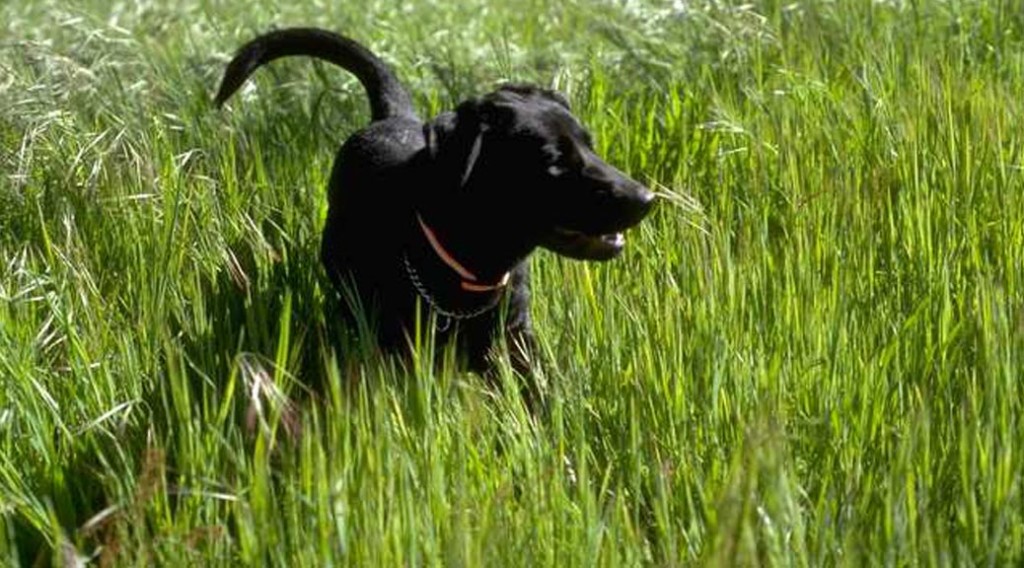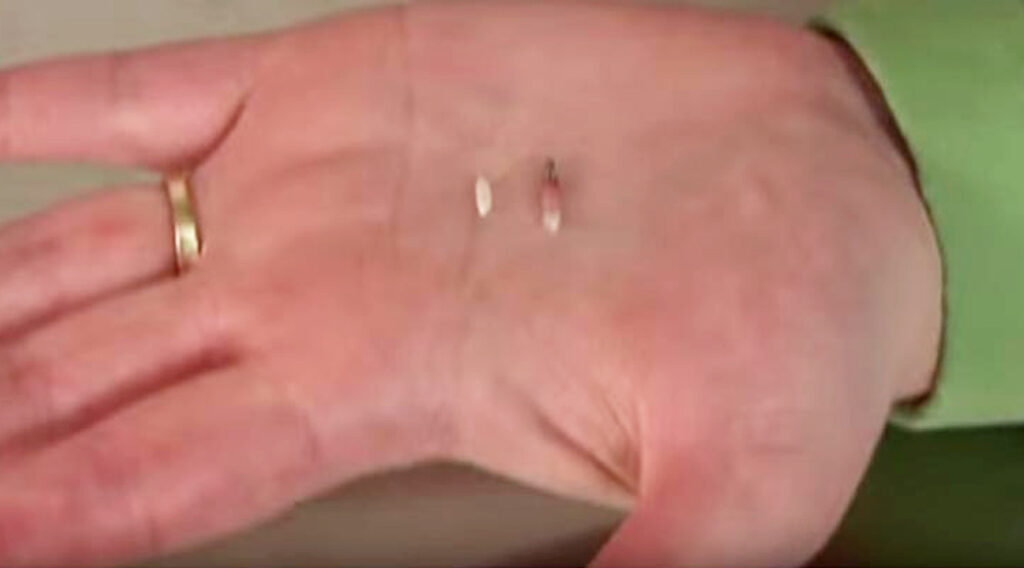Keep Your Pet From Getting Lost
An estimated one in three pets gets lost during his or her lifetime. While many of them are happily reunited with their families—especially those with microchips and identification tags—some never find their way back home.
Whatever the outcome, the anxiety and heartbreak that come with having a pet disappear for any length of time can feel almost unbearable.
At Brownsburg Animal Clinic, we are strong believers in preventive medicine and, in that same spirit, we strongly encourage you to take a preventive approach to keeping your pet from getting lost.
In observance of Lost Pet Prevention Month, we offer our suggestions for steps you can take now to cut the risk of a lost pet.
Reduce you pet’s desire to roam.
Our first suggestion is a medical one.
Unless you are planning to breed your dog or cat, we recommend spaying your female pet or neutering your male pet at the appropriate age.
Besides offering many health benefits and reducing the population of unwanted pets, spaying and neutering at a young age relieve pets of the natural urge to roam, seeking a mate.
If your pet is still intact—that is, not yet spayed or neutered—talk to your veterinarian and see our post, “When to Spay or Neuter? It’s Complicated” for detailed information about this beneficial procedure and the best time to do it.
Choose and maintain a fence suitable for securing your dog.
While most cats can easily scale just about any fence, when it comes to containing dogs, all fences—and all dogs—are not created equal.
Ideally, your calm, easy-going dog is content to stay within the confines of your fence—roaming about, sniffing and lying in the shade while you trust you’ll find them safely where you left them when it’s time to come inside.
Then there are the escape artists—
- Jumpers who take a running start and sail over the fence,
- Climbers who get a leg up by crawling onto lawn furniture, wood piles, playground equipment, boulders or garbage cans or the fence itself to make it over the top,
- Diggers who relentlessly burrow their way out underneath the fence,
- Chewers who gnaw their way to freedom,
- Opportunists who push through loose boards they discover on their routine rounds of the yard,
- Hard-chargers who rush the gate every time it’s opened, and
- Intellectuals who figure out how to open latches.
Highly motivated pets may use a combination of strategies to escape the confines of just about any fence.
For more details about choosing the most appropriate fence (or modifying the fence you already have to make it more secure) and specific strategies for keeping your dog contained inside, see the American Kennel Club’s articles, “What Type of Dog Fence Should I Have?” and “How to Help Prevent Your Dog from Escaping the Yard.”
Tips from the AKC for stopping your dog from bolting out doors—included in the section on training below—will work equally well for discouraging charging through fence gates, car doors and other entrances and exits.
And remember, even the best-constructed fence is no good at securing your dog if a gate’s left open. Before you release your dog into your fenced yard, check the gates to make sure latches are securely closed and, if necessary, padlocked or fastened with an extra hook-and-eye closure.
Be security-conscious around the house.
All but the most timid pets can easily teach themselves to push through unlatched doors and window and door screens.
All members of your household can help keep pets safely inside by making it a habit to close exterior doors securely and block pets’ access to window and door screen panels large enough for the pet to push and pass through.
Be especially vigilant when workers or guests are in and out of the house, creating confusion and possibly leaving doors and gates open without realizing the potential for your pet to escape.
Choose and use secure collars, harnesses and leashes.
As an animal owner in Brownsburg, you are responsible for controlling your pet any time it leaves your property. The applicable ordinance states, “No owner of any animal, licensed or unlicensed, shall permit the animal to be at large.”
“At large” means, “Any animal, licensed or unlicensed, found off the premises of its owner and not under the control of a competent person, restrained within a motor vehicle, housed in a veterinary hospital or kennel, or on a leash or ‘at heel’ beside a competent person and obedient to that person’s command.”
The code further states, “Any owner violating any of the provisions of this chapter may be subject to a fine in an amount not to exceed twenty-five hundred dollars ($2,500). Each day of violation shall be a separate punishable offense.”
Technically then, a leash isn’t required when your pet is off your property so long as the animal is inside a vehicle or building or otherwise under a competent person’s control. We’ve all seen what that looks like as the confident dog owner, out in public with an off-lead dog, apparently has the dog under complete control.
We appreciate the time and training expertise it takes to accomplish absolutely reliable control over an unrestrained dog. But unless you’re an advanced trainer with a thoroughly proofed and seasoned dog, we can’t help but wonder what might happen if your off-lead dog were to be startled by a loud noise or distracted by another animal appearing unexpectedly and triggering an instant fight or flight response.
It would take only one out-of-the-ordinary circumstance for a loose dog that usually stays close and comes when called to take off running and get lost or injured. That’s why, in most circumstances, no matter how good a trainer you are, we don’t think it’s worth the risk to forego the leash outside enclosed areas.
Our best advice: Let go of your ambitions to go off-lead when you’re out in the open away from home. Instead, fit your dog with a sturdy collar or harness and leash and use your training expertise to teach your dog to walk on-lead, comfortably at your side, without pulling.
To fit a traditional collar, adjust the length so that you can slip two fingers between the collar and the pet’s neck. It should be snug but not tight. If your dog’s head and neck tend to slip out of a regular collar, try a martingale collar that tightens without choking when the dog pulls on the leash.
Dogs and cats can also safely and comfortably wear harnesses so long as they are properly fitted and attached to a strong, well-made leash.
Prepare in advance for thunderstorms and fireworks.
If you’re lucky enough to have a pet who’s unfazed by loud noises, you can disregard this section. But we know it’s common for thunderstorms and fireworks to bring out extreme anxiety and trigger a flight response among many of our patients that could result in a lost pet.
That’s why July 5 is one of the busiest days for taking in strays at animal shelters.
We have written about this topic at length before. See our posts, “Is Your Dog Noise Phobic?” and “Managing Your Pet’s Noise Anxiety” for our best advice on keeping your noise-averse pet safe.
See also, “How to Keep Your Dog Calm During Fireworks” for training advice—some of which can work to soothe and condition anxious cats as well as dogs.
Secure your pet in a crate or carrier when traveling.
When you’re venturing beyond the security of your home and yard, when not on a leash, keep your pet safely confined in a crate or carrier inside your vehicle and motel room.
The extra measure of security is well worth the benefit of reducing the risk of losing a pet in unfamiliar territory.
Teach your dog potentially life-saving skills.
We chose the following articles from the American Kennel Club website to help you teach your dog several useful skills to keep from getting lost.
“How to Teach Your Dog to Come When Called.” With attentive supervision and a reliable recall, should your dog get loose, you can help him or her resist the temptation to chase another animal or take off to explore with this essential command.
“How to Teach Your Dog to Sit” and “How to Teach Your Dog to Lie Down.” Either of these two fundamental commands, if reliably trained, can be used to replace an undesirable behavior—like running away—with another behavior that makes the undesirable behavior impossible.
“Teach Your Dog to Wait at Doorways” and “Teaching Your Dog Not to Door Dart” offer step-by-step instructions for helping your dog learn a potentially life-saving skill that will work in a variety of settings.
Finding a Lost Pet
If, despite your best preventive efforts, your pet gets lost, see our post, “How to Get a Lost Pet Back Home.”
Keep Your Pet From Getting Lost Read More »






